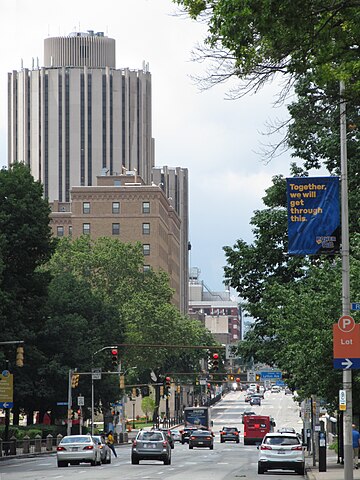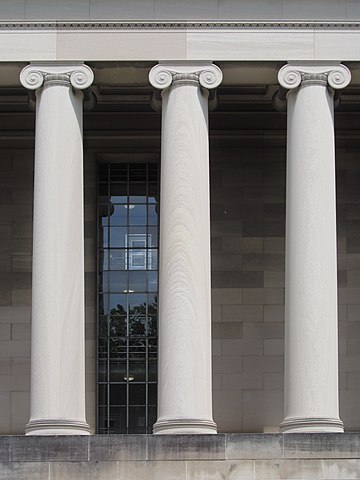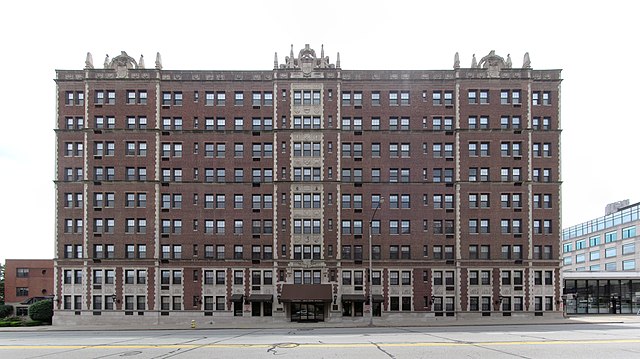
Decades from now, some curious soul exploring the back corners of archived Internet content will come across this picture and spin an elaborate theory of exactly what it was we were going to get through together. Possibly Fifth Avenue traffic, which is unusually moderate in this picture, but minutes later was brought to a standstill by a truck that decided to stop diagonally across the entire boulevard and unload its cargo.















